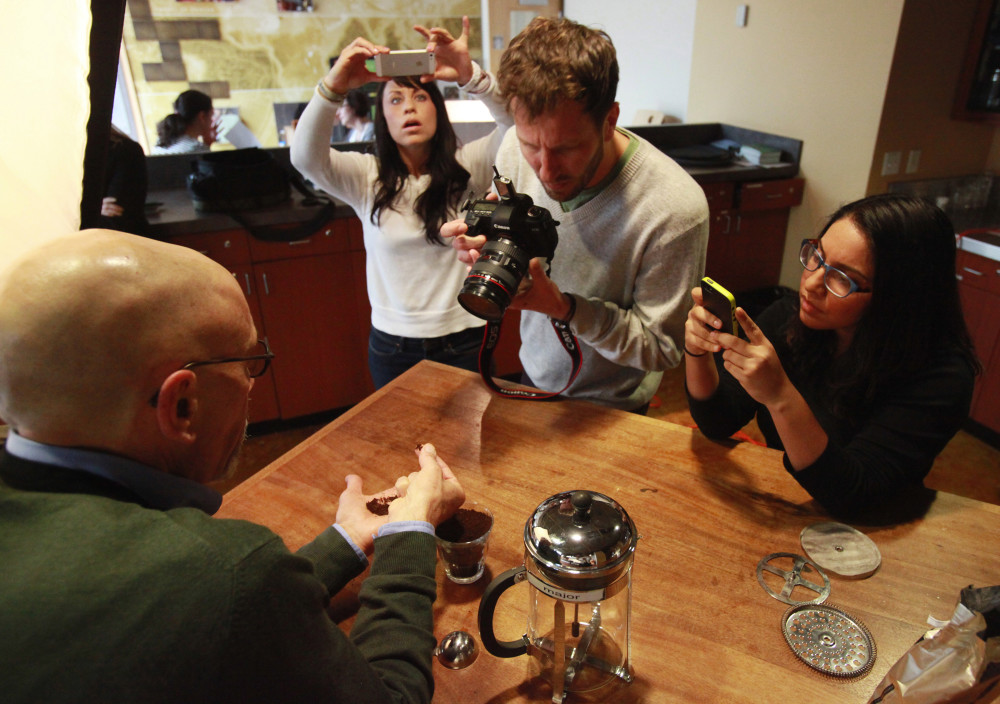By Ann Marie van den Hurk
Lexington Herald-Leader.
Native advertising is one of the hottest topics in digital media right now.
According to new data from BI Intelligence, a research service from Business Insider, spending on native ads will reach .
buy furosemide generic buy furosemide online no prescription
9 billion in 2014. It is projected that by 2018 spending on native advertising will grow to $21 billion.
Yet no one can really give a solid definition of native advertising. Most advertising professionals can agree that native advertising is a form of online advertising that matches the form and function of the platform on which it appears. And the “native” means that content is consistent with the other media on that platform.
Native advertising comes in different formats such as promoted videos, images, articles, commentary, and music.
The three main types of native advertising are:
-Sponsored content, which is content distributed by publishers. It is also known as content marketing. It is placing sponsored-funded content beside editorial content. This type of native advertising is often shown as “Other content you might be interested in.” An example could be an article on women’s prisons made possible by the Netflix show, Orange is the New Black.
-Social-native is Twitter-promoted tweets, Facebook-promoted stories, and Tumblr-promoted posts. Twitter and Facebook were the first platforms to embrace this form of advertising.
-Native-style display ads are those ads placed in your feed that are more customized than the traditional display ads.
Native advertising is nothing new according to Amy Vernon, a digital consultant and former journalist. Magazines and newspapers have been doing it for years with special advertising sections. Television has also been using native advertising for years, too. An example would be ExxonMobil sponsoring PBS’s Masterpiece Theater.
Native advertising uses a separate writing staff from the editorial staff such as the newsroom. Native advertising online is increasing as the click-through rates online are much higher than traditional online advertising, and it can be tracked unlike traditional advertising.
Research shows that advertisers are moving away from banner ads and Google Adwords because, in general, people don’t like clicking on ads and find pop-ups intrusive. Native ads, if they are done well, are more likely to be clicked on and read.
Vernon believes the change shows how the Web has matured as platform for advertising. Publishers can now monetize their content.
Before native advertising, online publishers had to depend on banner ads on their websites to generate income.
Currently small-to-mid-size businesses have opportunities to participate in native advertising, unlike in many traditional advertising venues where they have been priced out of the market. That said, that window may be closing, shutting small-to-mid-size businesses out of the better-known online sites and limiting them to hyper-local sites based on price.
For example, content marketing on sites such as BuzzFeed and Forbes can cost between $50,000 to 100,000.
There are other ways that small-to-mid-size businesses can participate in native advertising. They can generate their content and be publishers of it through a blog hosted on their website. They can find opportunities for guest posting on other blogs to share thought leadership.
Native advertising is going to continue to expand. Businesses need to be aware of this trend and incorporate it into their marketing plans.
___
ABOUT THE WRITER
Ann Marie van den Hurk, an accredited public relations professional, is principal of Mind the Gap Public Relations and author of “Social Media Crisis Communications.”














































































































































































































































































































































































